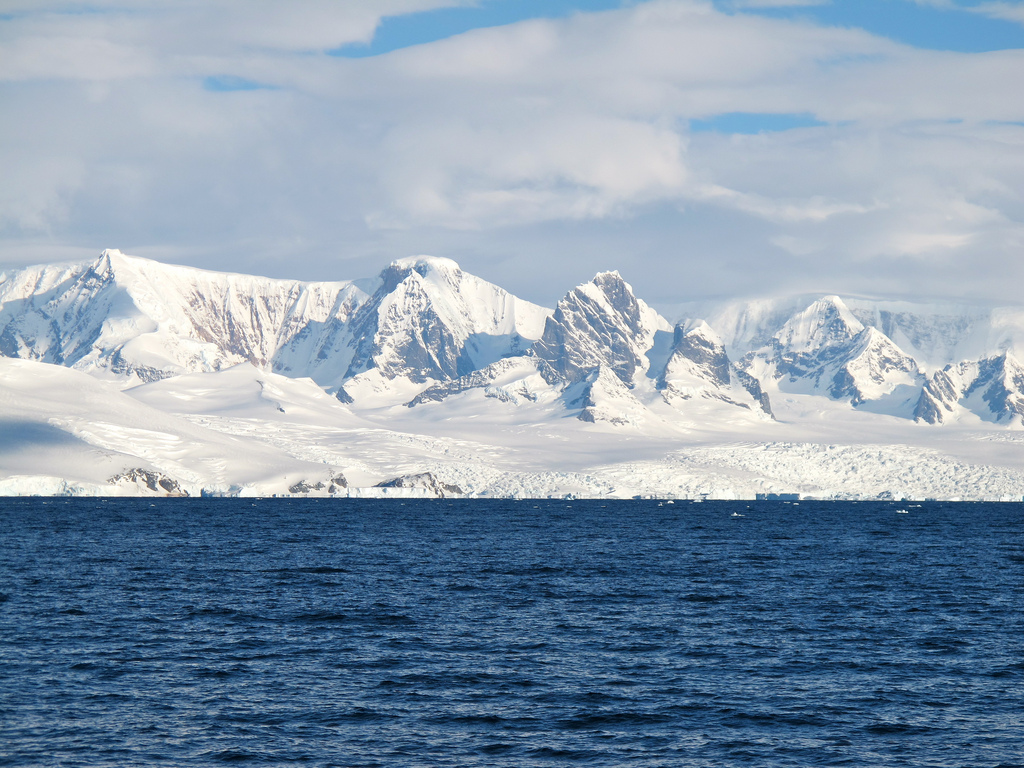
Shell Oil Co. Back in the Arctic: Why It’s Not As Bad As You Think
On May 11 the Obama administration granted Royal Dutch Shell conditional approval to start drilling for oil and natural gas in the Arctic as early as this summer. The decision drew heavy criticism from environmentalist groups who have cited Shell’s previous failures in the region in 2012 and a host of other issues. The deal, approved by the Interior Department’s Bureau of Ocean Energy Management (BOEM), came with a list of conditions including rules to protect the environment, local wildlife and other ecological resources in the region. BOEM Director Abigail Ross Hopper on the decision:
“We have taken a thoughtful approach to carefully considering potential exploration in the Chukchi Sea, recognizing the significant environmental, social and ecological resources in the region and establishing high standards for the protection of this critical ecosystem, our Arctic communities, and the subsistence needs and cultural traditions of Alaska Natives.”
Shell will begin drilling in the Chukchi Sea, where there is an estimated 15 billion barrels of oil and 78 trillion cubic feet (tcf) of natural gas. To be sure, drilling in Chukchi does present serious challenges. The area itself is very isolated, with the nearest Coast Guard station over 1,000 miles away. Coupled with extreme weather including ice storms and waves that can reach up to 50 feet, Shell will need to have a comprehensive plan moving forward.
However, the security implications of the deal are arguably the most important aspect.
Thus far, the US has not taken the lead in Arctic- a region growing in strategic importance. Melting ice as a result of climate change has opened the Arctic considerably, and countries like Russia are scrambling to take advantage of the natural resources and strategic positions. The lack of a clear US policy direction concerning the Arctic may be perceived as a weakness by other countries. This is where the Shell oil deal comes in.
This deal affords the US an opportunity to start “acting like an Arctic nation,” as ASP’s Andrew Holland puts it. The US can lead by example in establishing a safe and effective means of oil and natural gas extraction. Assuming the resources can be safely extracted with minor setbacks, this deal bolsters US standing in the Arctic in two substantial ways: increased energy security via more oil and natural gas, and increased influence in the region. Russia has already begun producing oil in the Arctic, and it is important for the US to make its ambitions in the region clear.
The US assumed the chair of the Arctic Council this year. It is time to invest the necessary resources to meet the “challenges of an opening Arctic.”
Further Reading:
America’s Role in the Arctic: Opportunity and Security in the High North
Challenges to the Navy in the Arctic Region
A Deeper Look Into the Melting Arctic






[…] Shell Oil Co. Back in the Arctic: Why It’s Not As Bad As You Think William George The Obama administration granted Royal Dutch Shell conditional approval to start drilling for oil and natural gas in the Arctic as early as this summer.The deal, approved by the Interior Department’s Bureau of Ocean Energy Management (BOEM), came with a list of conditions including rules to protect the environment, local wildlife and other ecological resources in the region. […]
[…] Shell Oil Co. Back in the Arctic: Why It’s Not As Bad As You Think […]